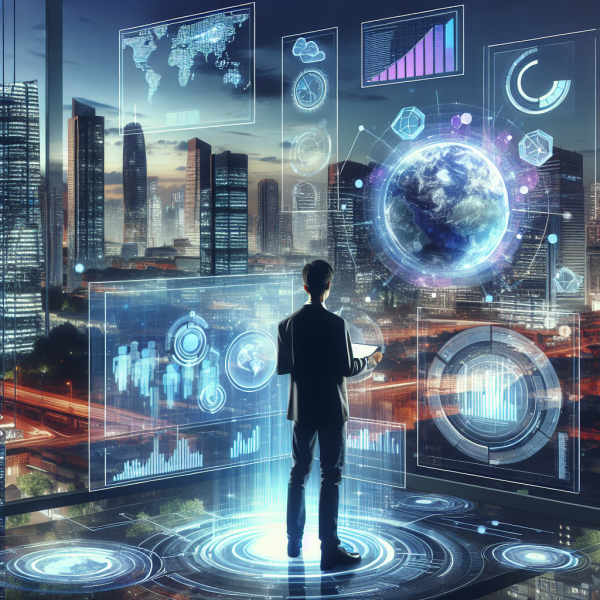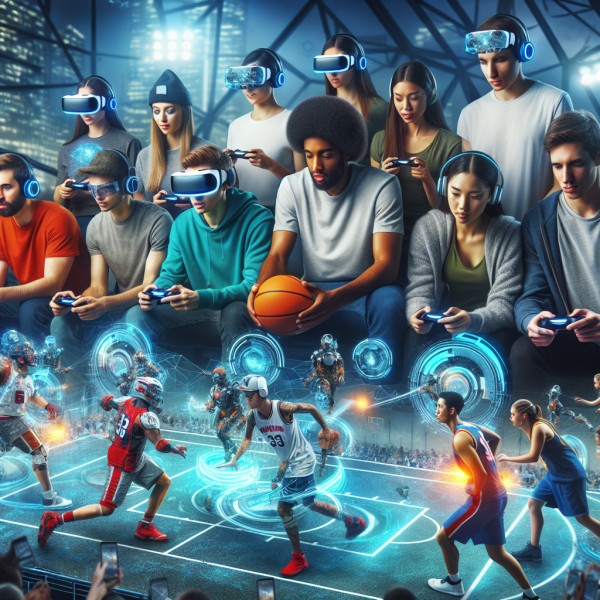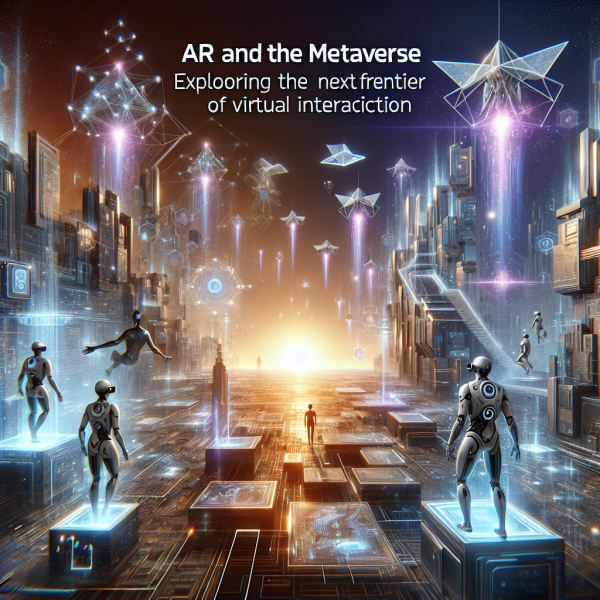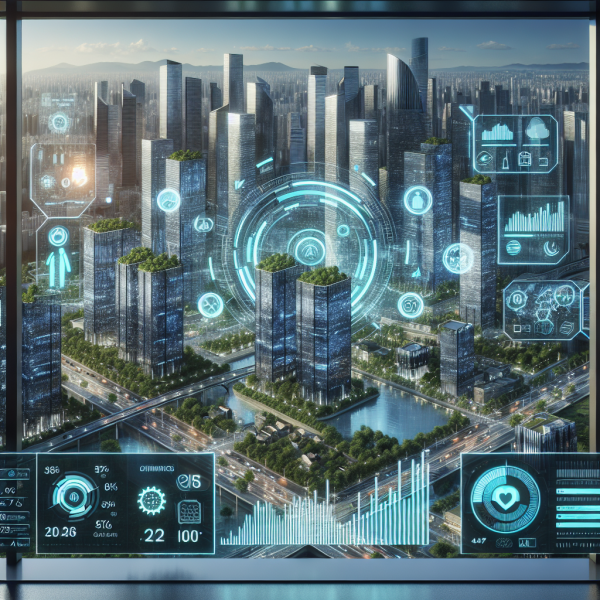Beyond Gadgets: The Critical Impact of IoT on Urban Infrastructure
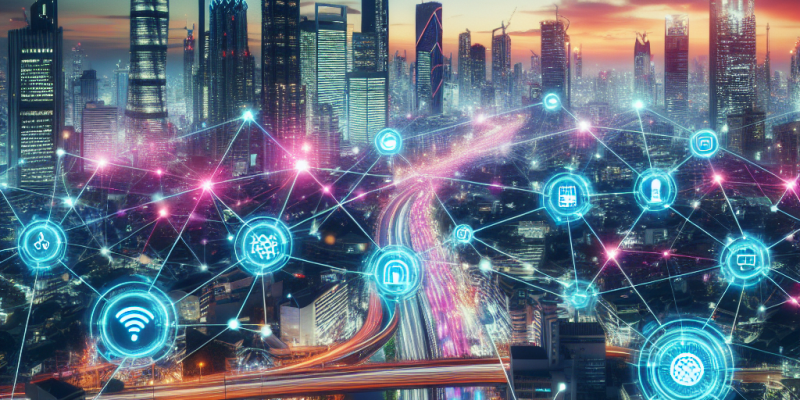
As the world becomes increasingly urbanized, cities are under pressure to enhance their infrastructure and improve the quality of life for their residents. The Internet of Things (IoT)—a system of interrelated devices and sensors that communicate over the internet—has emerged as a pivotal technology in addressing these challenges. While many associate IoT primarily with consumer gadgets, such as smart home devices and wearable technology, its implications for urban infrastructure are profound and far-reaching.
The Evolution of Urban Infrastructure
Traditionally, urban infrastructure has revolved around physical assets—roads, bridges, public transport systems, water supply networks, and waste management facilities. However, as urban populations grow and urban challenges become more complex, cities are shifting from merely maintaining these assets to smartly managing them. Enter IoT: a transformative force that facilitates real-time data collection, monitoring, and analysis, allowing city planners and administrators to build more resilient, efficient, and adaptable urban environments.
Smart Traffic Management
One of the most immediate applications of IoT in urban infrastructure is in traffic management. By leveraging sensors embedded in roads, vehicles, and traffic lights, cities can collect real-time data on traffic patterns and congestion levels. This information can be analyzed and used to optimize traffic flow, reduce commute times, and decrease emissions. Smart traffic signals can adjust their patterns based on real-time traffic conditions, while connected vehicles can communicate with one another to avoid gridlock and accidents.
For example, cities like San Francisco and Barcelona have implemented IoT solutions that have led to notable reductions in traffic congestion and travel times, improving the overall urban mobility experience.
Enhanced Public Safety
IoT technologies can also significantly enhance public safety. Smart surveillance cameras equipped with advanced analytics can help law enforcement agencies monitor high-crime areas, while connected emergency response systems can accelerate reaction times during crises. Moreover, IoT sensors in public spaces can detect environmental hazards—like gas leaks or flooding—enabling city officials to take swift action to protect residents.
Security applications are also expanding to include smart streetlights that can brighten or dim based on the time of day or activity levels, improving visibility during nighttime for pedestrians while conserving energy.
Efficient Public Services
In urban environments, the effective delivery of public services is vital for sustainability and quality of life. IoT systems can optimize waste collection routes, monitor water quality in real time, and manage energy consumption in public buildings. For example, smart waste bins equipped with sensors can signal when they need to be emptied, allowing waste management teams to operate more efficiently and reduce operational costs.
In cities like Amsterdam, IoT-driven applications have improved energy management by connecting renewable energy sources like solar panels to the city’s electrical grid, ensuring an ongoing balance between supply and demand and further promoting sustainability.
Sustainable Urban Development
As global climate change presents an undeniable challenge, the role of IoT in promoting sustainable urban development cannot be overstated. Smart grids empowered by IoT technology can enhance energy resilience by integrating renewable energy sources and optimizing energy distribution. Additionally, IoT-enabled environmental monitoring systems can track air quality, noise pollution, and water levels, providing essential data that informs urban planning decisions aimed at achieving sustainability goals.
For instance, cities like Songdo, South Korea, utilize IoT solutions in their urban design to prioritize green spaces, promote energy efficiency, and ensure a high quality of urban living.
Challenges and Considerations
Despite the immense potential of IoT in urban infrastructure, several challenges remain. Data privacy is a significant concern as cities gather vast amounts of personal data. Moreover, developing the necessary cybersecurity measures to protect this data from malicious attacks is paramount. Additionally, cities face challenges related to infrastructure obsolescence, integration of legacy systems with new technologies, and the need for ongoing maintenance and upgrades of IoT devices.
Furthermore, there exists a digital divide, which poses obstacles in equitable access to IoT benefits, especially for marginalized communities. Ensuring that IoT applications serve all segments of the population is crucial for creating inclusive urban environments.
Conclusion
The impact of the Internet of Things on urban infrastructure goes far beyond the realm of consumer gadgets. By revolutionizing traffic management, enhancing public safety, optimizing public services, and fostering sustainable urban development, IoT technologies promise to transform cities into smarter, more efficient, and more livable places.
As urbanization accelerates and the challenges facing cities grow more complex, embracing IoT solutions will be essential for building resilient urban infrastructures that serve the needs of future generations. While challenges remain, the critical role of IoT must not be underestimated; it is a key component in shaping the cities of tomorrow, driving innovation, sustainability, and improved quality of life for all urban residents.

